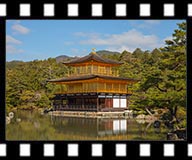Hangzhou
Hangzhou has the reputation of being one of the heavenly places on earth -- there is a famours Chinese saying: "Heaven above, and Suzhou and Hangzhou on earth" (上有天堂,下有苏杭), equating the cities of Hangzhou and Suzhou with paradise. This was my third visit to Hangzhou, the first time being 1994 while I was in college, the second time in 2004 (so approximately once every decade). To be sure, it is a lovely city -- it's abutted by a lake on one side and shielded by rolling hills on the other. But to say that it is really "heaven on earth" is a gross overstatement to say the least.
(Click on each image to see the high-resolution version)
The reason, I think, is because these two cities, Hangzhou and Suzhou, have a deep cultural meaning to Chinese people. In earlier times -- we are talking about the the Tang the Song Dynasties from the 7th to 12th centuries -- Hangzhou was a cultural center, especially in the latter half of the Song Dynasty, the Southern Song period, Hangzhou was even the capital city of the country. It appeared in numerous stories and poems. Added to it was the fact that in those days most people could not actually travel far, and most of them lived in rural areas. Thus, the distant, glamorous and dare I say cosmopolitan city of Hangzhou had a mysterious aura, there is little wonder that people took it as "heaven on earth".
Unfortunately although this was a warm and somewhat sunny day, the persistent haze of China hung in the air. This was spring, trees were leaving out, and there were even flowering cherry trees too. We did our round along the lake shore, the walk was pleasant enough.
Just as in 2004, we finally arrived at Jingci Temple (净慈寺) to see the famous bell, entrenched in Chinese culture for its toll at dusk, "Evening Bell Ringing at the Nanping Hill" (南屏晚钟).
As it turned out, I did not see a single new bird in Hangzhou, but I did get a few good picutres of some familiar birds. My best pictures are of a Black-crowned Night Heron, flying around the lake. In fact there were a pair of them, apparently building a nest.
Again, we saw the ubiquitous Light-vented Bulbul (白頭鵯), a bird very common in southern China and one that I am never tired of seeing. In fact, its songs remind me those of the American Robin.
And the common Eurasian Blackbird (烏鶇).
Needless to say, there were also some water birds in the lake.
The most interesting encounter was with a squirrel on Su Causeway (苏堤). Squirrels are common in North America, but no so in China, thanks to their ravenous and versatile appetite. This squirrel (there may be more than one) seemed safe in its environment, though, and attracted many tourists who stopped to watch it. I took many pictures of this active critter, realizing that this was in fact the only wild mammal I saw and photographed on this trip.
So much for my discourse about the history of Hangzhou. Our day started with a walk around the West Lake. Our "entry point" was near Baochu Pagoda (保俶塔).
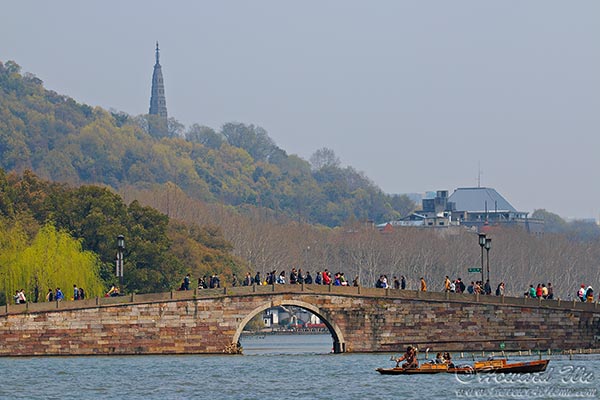
Baochu Pagoda (保俶塔)
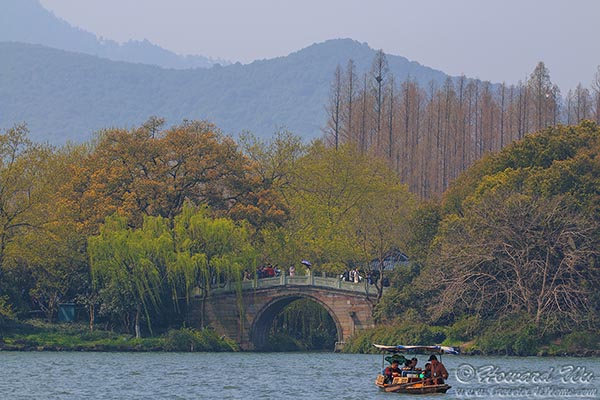
West Lake
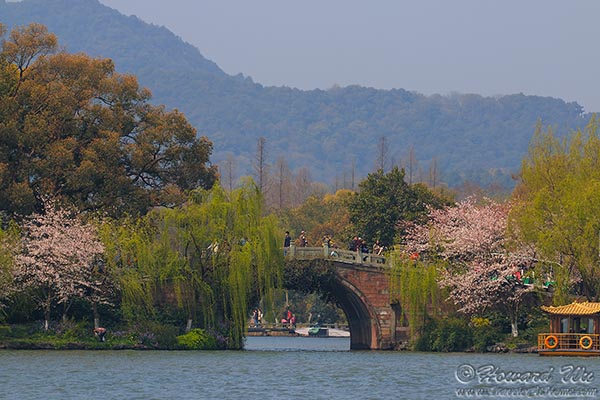
West Lake
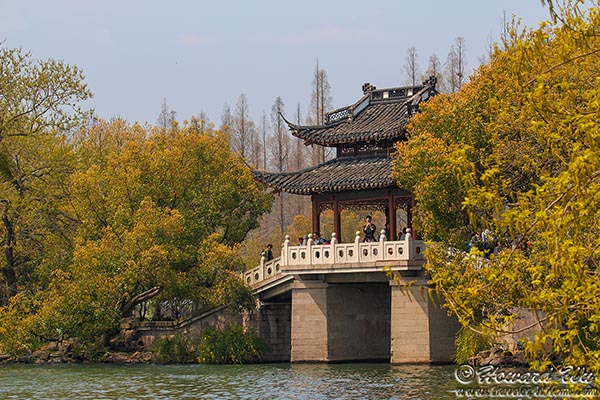
West Lake
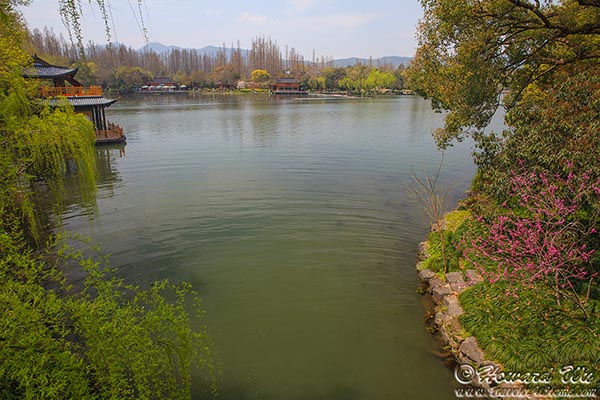
West Lake
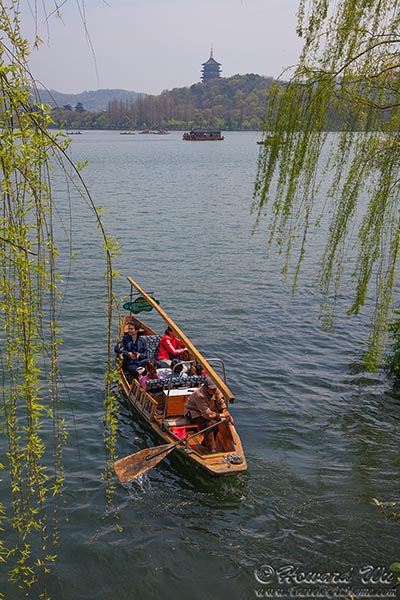
West Lake
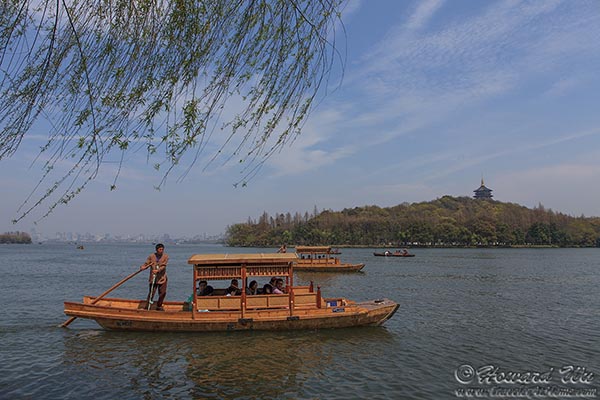
West Lake
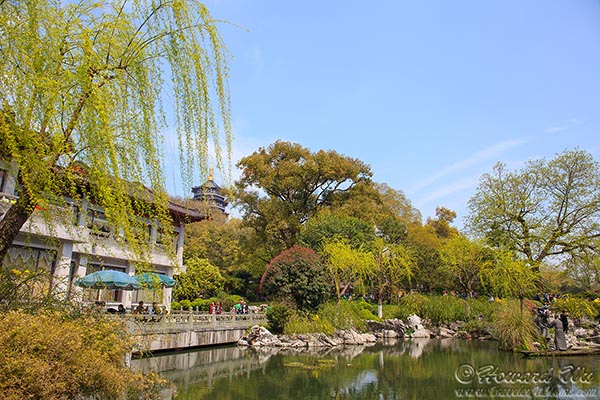
West Lake
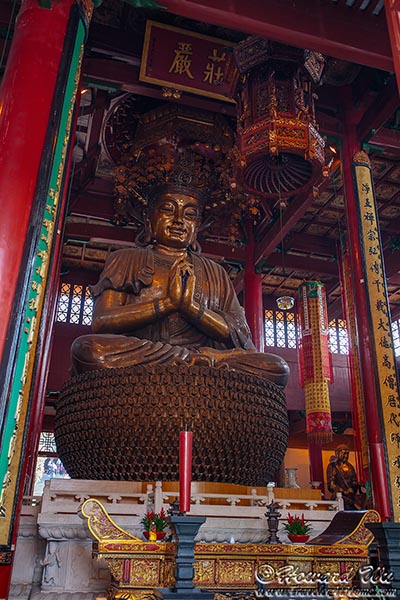
Buddha Statue
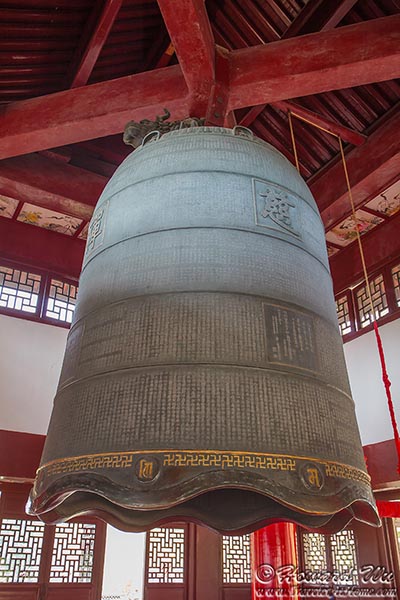
Bell
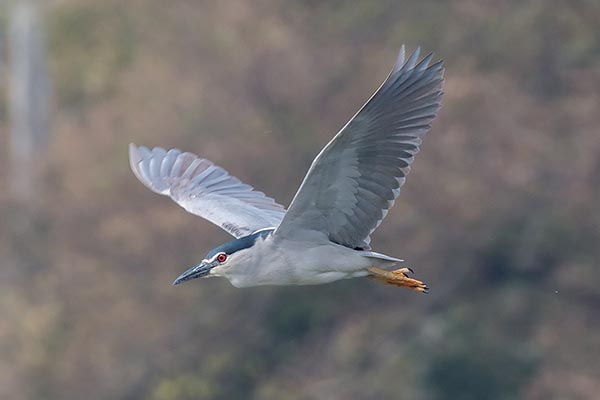
Black-crowned Night Heron
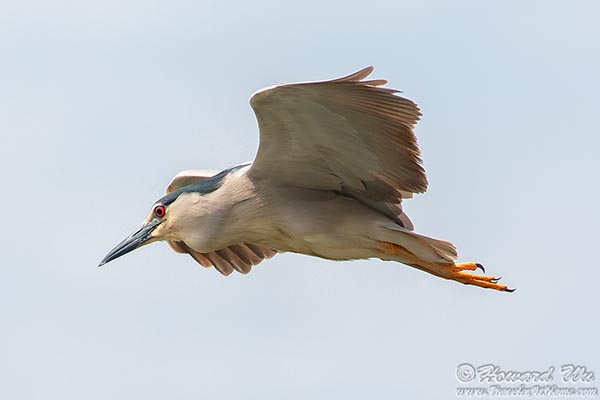
Black-crowned Night Heron
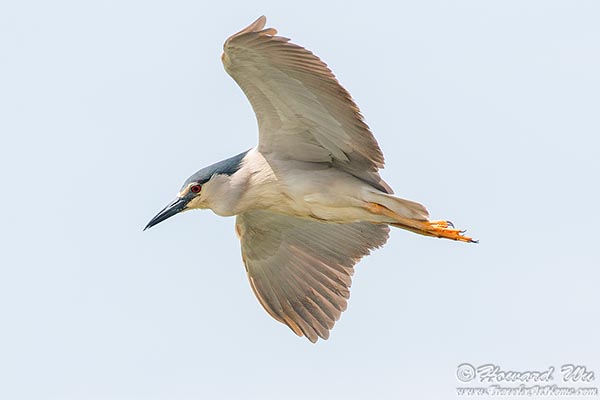
Black-crowned Night Heron
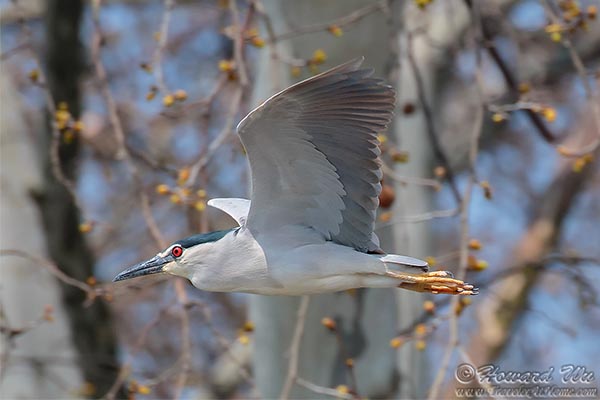
Black-crowned Night Heron
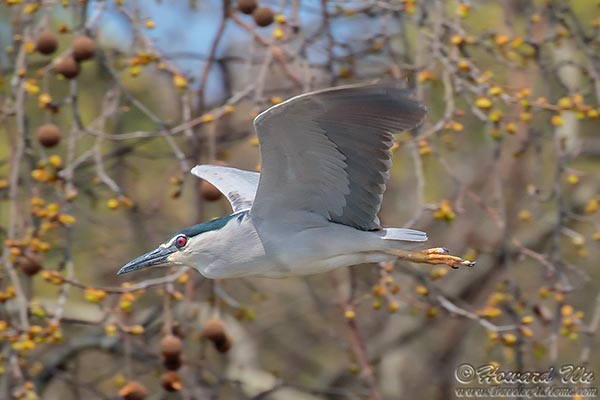
Black-crowned Night Heron
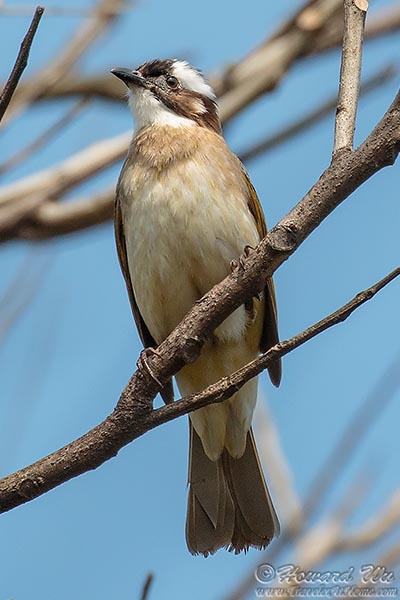
Light-vented Bulbul (白頭鵯)
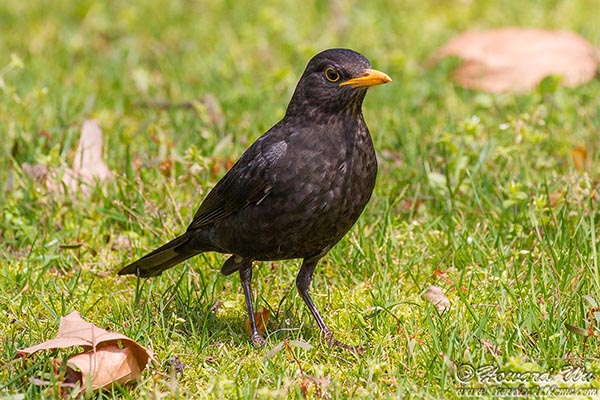
Eurasian Blackbird (烏鶇)
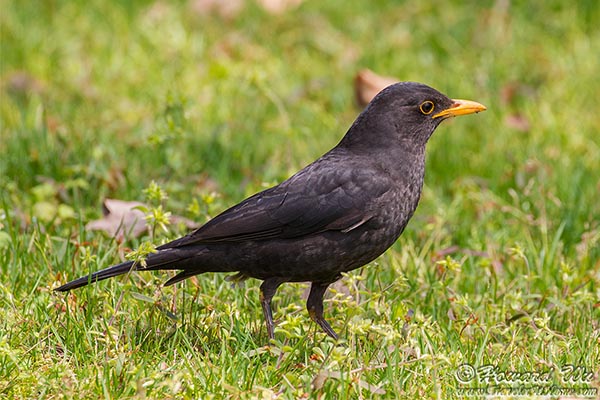
Eurasian Blackbird (烏鶇)
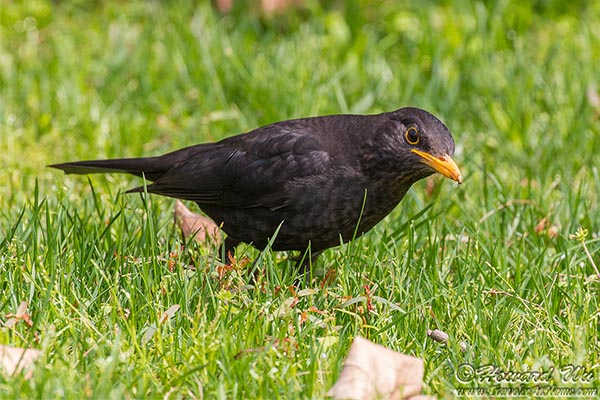
Eurasian Blackbird (烏鶇)
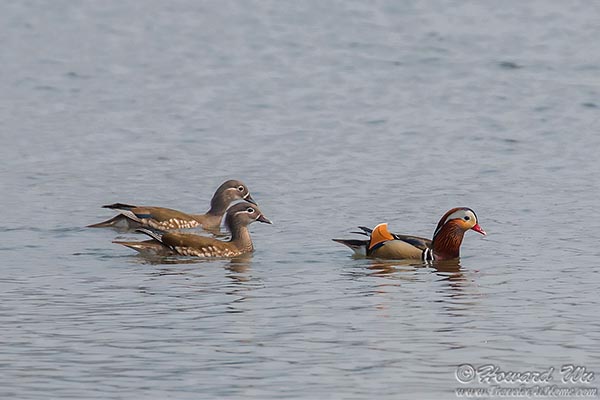
Mandarin Ducks (鸳鸯)
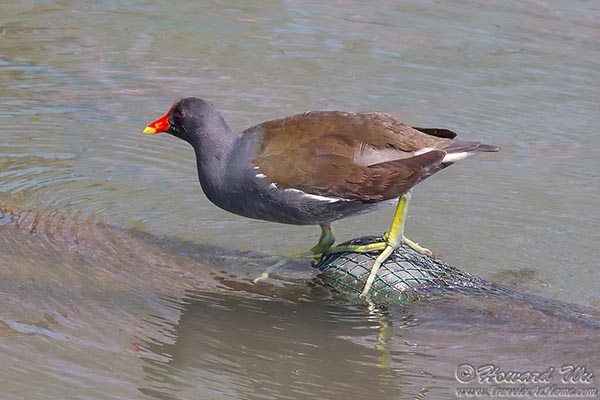
Common Moorhen (黑水鸡)
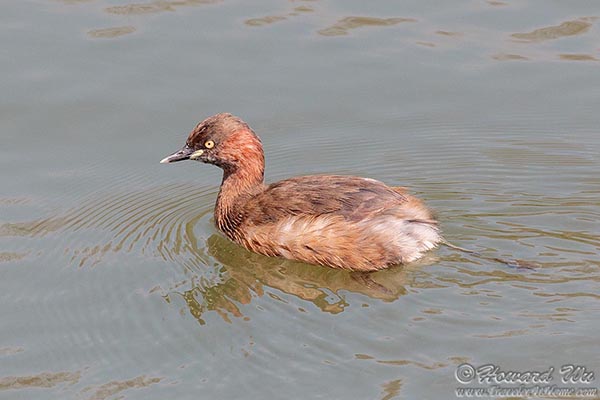
Little Grebe (小鷿鷈)
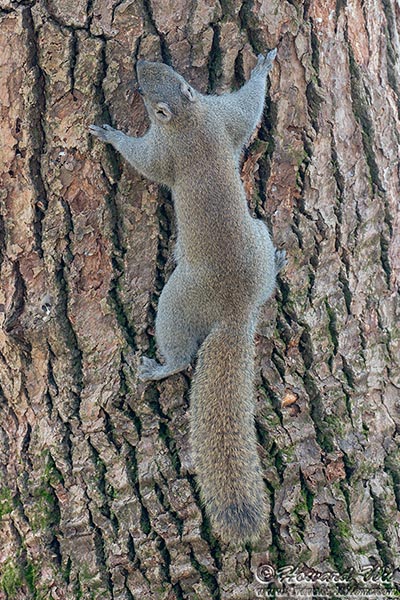
Squirrel
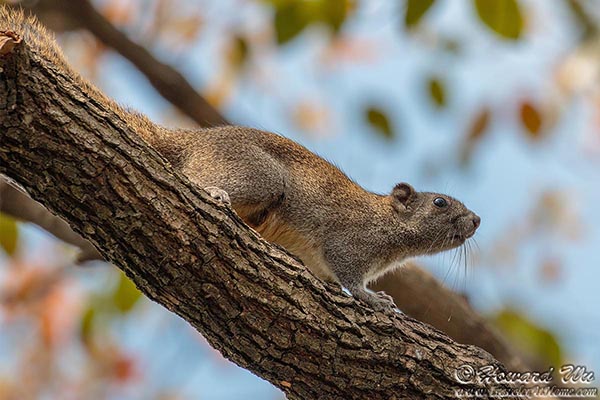
Squirrel
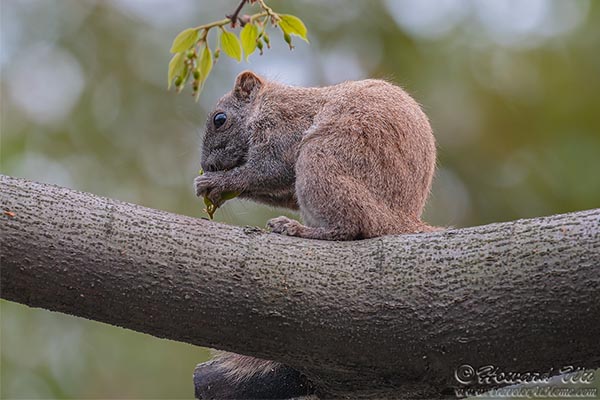
Squirrel
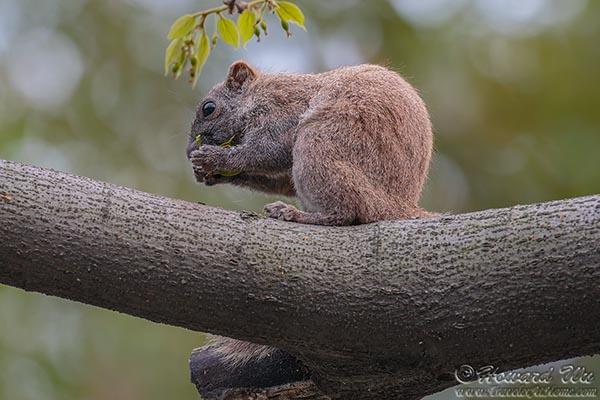
Squirrel
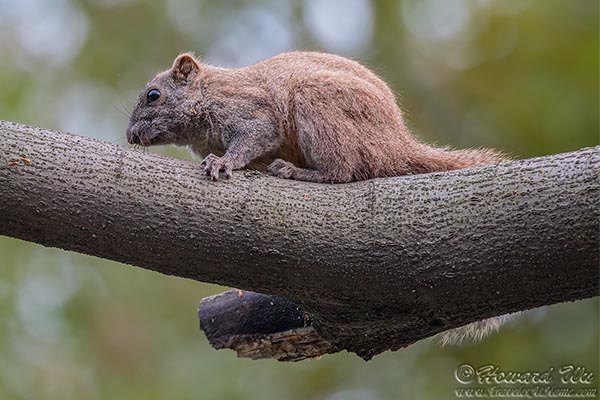
Squirrel
